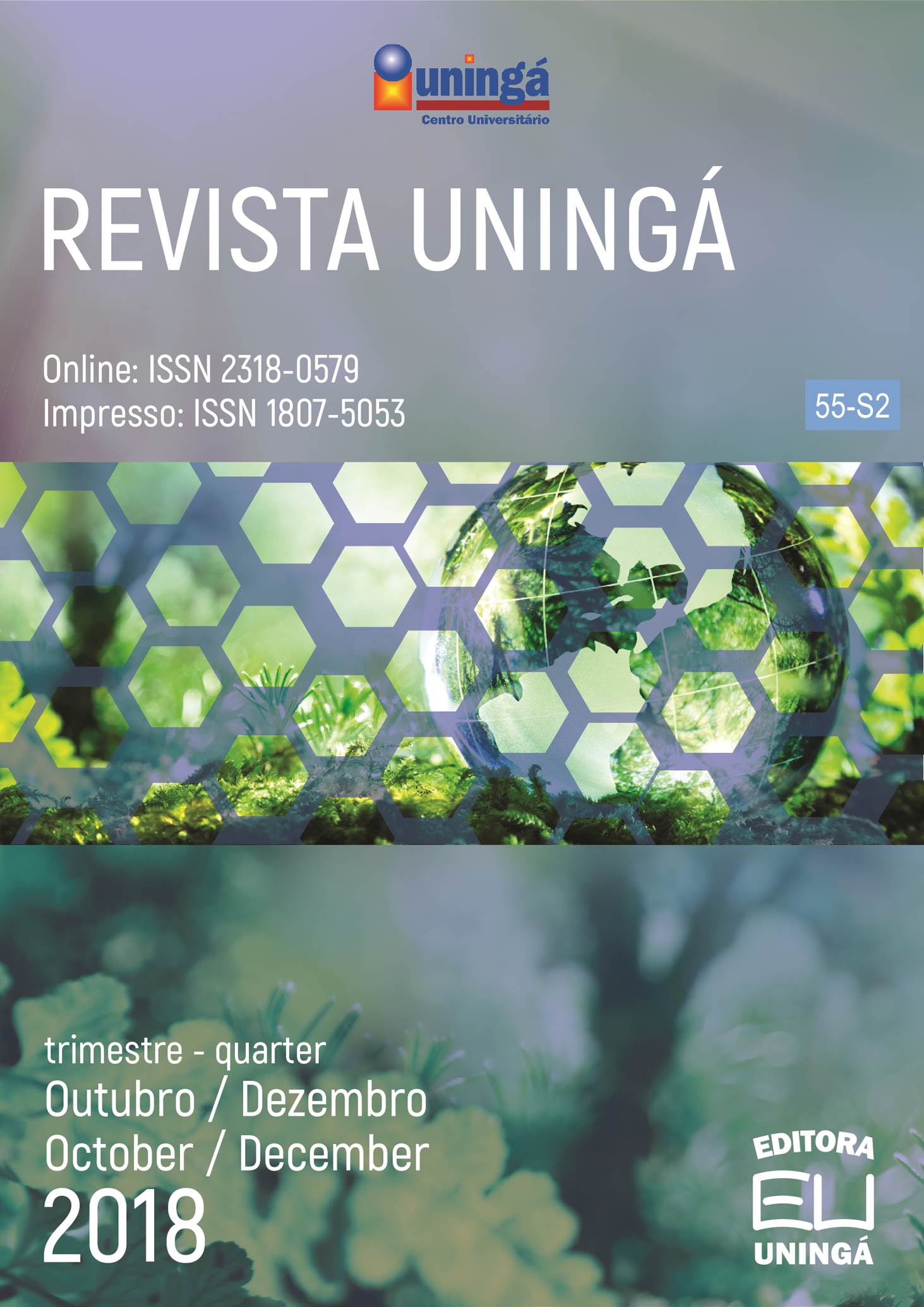ANESTESIA PERIDURAL TORÁCICA EM PACIENTE COM PERICARDITE CONSTRITIVA
DOI:
https://doi.org/10.46311/2318-0579.55.eUJ2593Keywords:
Anestesia Peridural Torácica, Pericardite Constritiva e PericardiotomiaAbstract
RESUMO
A pericardite constritiva é resultante do espessamento do pericárdio, levando a restrição do enchimento diastólico do coração e ascendendo para a diminuição do débito cardíaco. Geralmente, a causa é desconhecida, ainda que possa ser subsequente a qualquer doença que ocasione pericardite aguda. A escolha da APT (anestesia peridural torácica) é devido a diminuição da resposta simpática, metabólica e melhor controle da dor pós-operatória, haja vista um melhor desempenho do sistema cardiovascular, diminuição do consumo anestésico e melhor recuperação pós-operatória. A finalidade do presente trabalho é apresentar um caso de pericardite constritiva de longa evolução, que chegou a um grau extremo de descompensação e que, finalmente, após diagnóstico e cirurgia, apresentou excelente recuperação com desaparecimento total dos sinais e sintomas. Paciente RG, 30 anos, peso 92kg, altura 1,87m. Diagnóstico de pericardite constritiva associada ao ICC (insuficiência cardíaca descompensada). Estando indicada Pericardiotomia. Acreditamos, apesar de haver poucos casos de anestesia em pacientes com pericardite constritiva, acertamos na escolha anestésica, uma pelos seus benefícios já consagrados e a outra por beneficiar ou corrigir as disfunções fisiológicas causadas pela pericardite constritiva.
Palavras-Chaves: Anestesia Peridural Torácica, Pericardite Constritiva e Pericardiotomia.
Downloads
Downloads
Published
How to Cite
Issue
Section
License
I declare/we declare that the text submitted here is original, of my own authorship and does not infringe any type of third party rights. The content is my/our sole responsibility. Possible research involving animals and/or human beings is in accordance with Resolution 196/96 of the National Health Council and its complements. I declare that I am/we are in possession of the written consent of patients and that the research and its procedures were timely and adequately approved by the Ethics Committee of the institution of origin. We further declare that all institutional affiliations and all sources of financial support for the work are duly informed. I certify that there is no commercial or associative interest that represents a conflict of interest related to the submitted work. If there is commercial interest, in addition to the technical and academic ones, in the publication of the article, the information will be reported during the text.



































